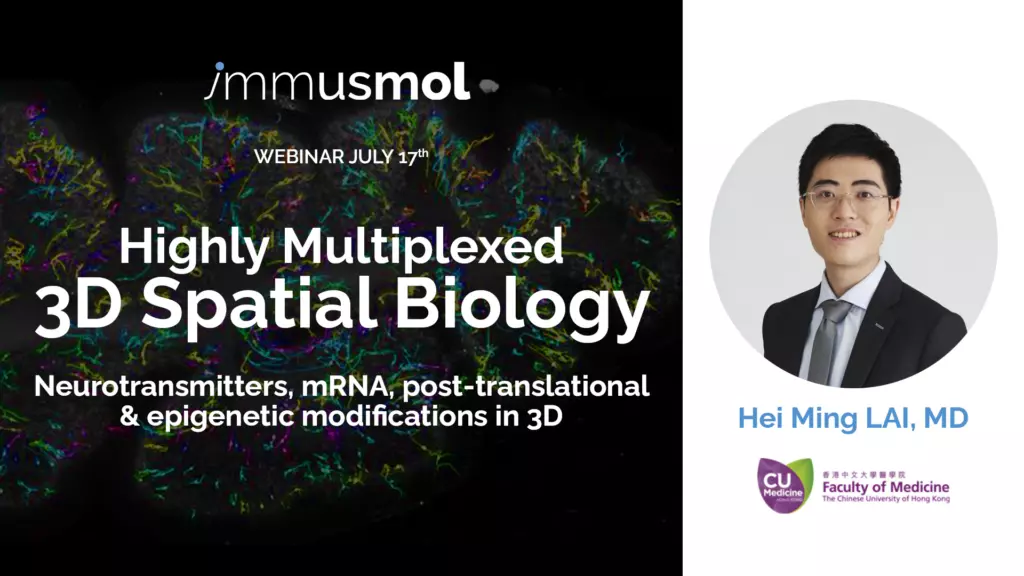
Over the past decade, the team of Hei Ming LAI, MD, at The Chinese University of Hong Kong has developed next-gen 3D histology methods for clinical and research use, published in Nature Methods, Nature Communications, ACS Applied Nano Materials, and Neuropathology and Applied Neurobiology. In this 30-minute webinar, Dr Hei Ming LAI will present a […]
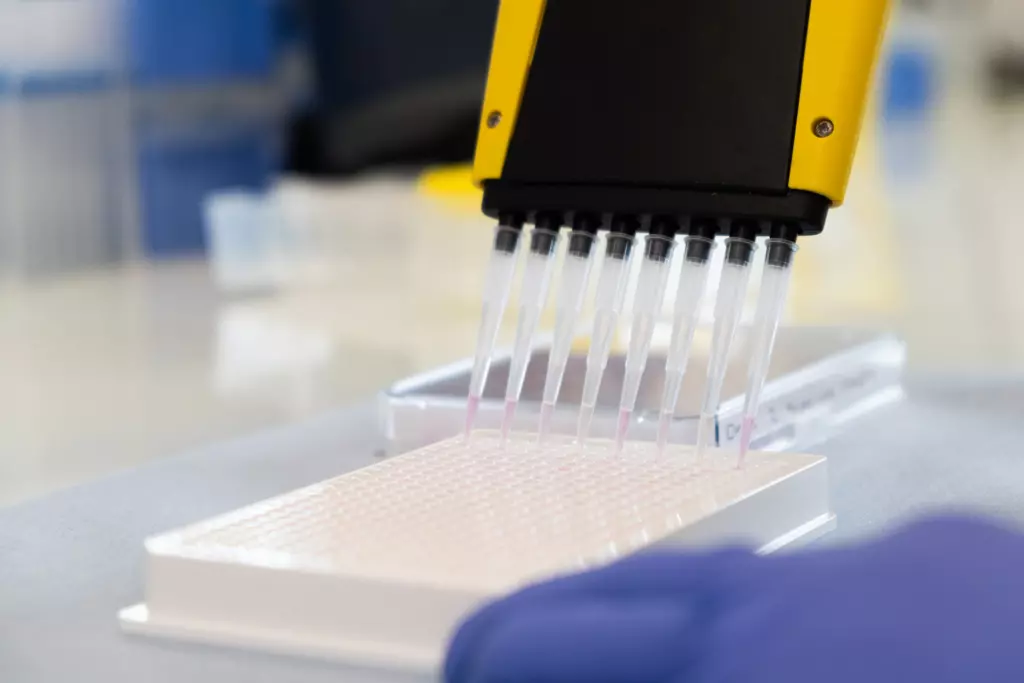
Anxiety and depression, autism, cognitive decline, gut motility and intestinal inflammation disorders, … Abnormal serotonin levels are detected in a wide range of pathophysiological conditions. Over the past 10 years, researchers have been using our Serotonin ELISA kits to assess 5-hydroxytryptamine (5-HT) concentrations in various types of samples: cell culture supernatant, gut and brain homogenates, […]
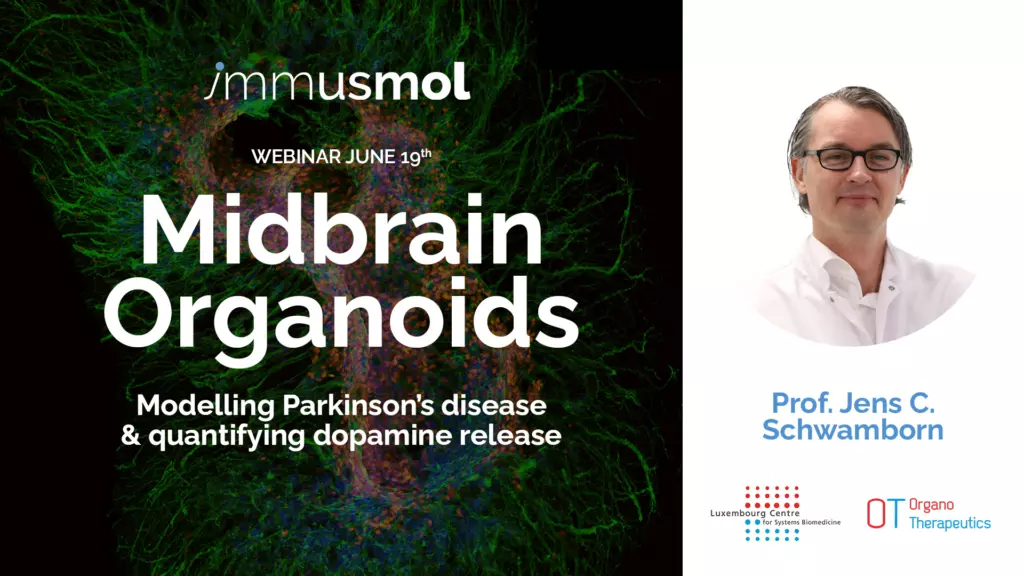
On June 19th, Immusmol hosted a webinar about midbrain organoid models of Parkinson’s disease. Prof. Jens Christian Schwamborn (LCSB / OrganoTherapeutics) presented his team’s recently published work, describing a novel patient-derived organoid model of Parkinson’s disease. In this 30-minute webinar, Prof. Schwamborn discussed this publication, explaining how this model was generated and which endpoints were examined […]

[vc_row][vc_column][vc_column_text]Alban, our CEO, was in Germany on April 24-26th to attend the 16th meeting of the International Society for Tryptophan Research! This biennial conference brought together research teams interested in the degradation of tryptophan, along the kynurenine and serotonin pathways, in Jena. Generally linked to immunology, the disciplines represented at ISTRY 2024 included oncology, virology, […]
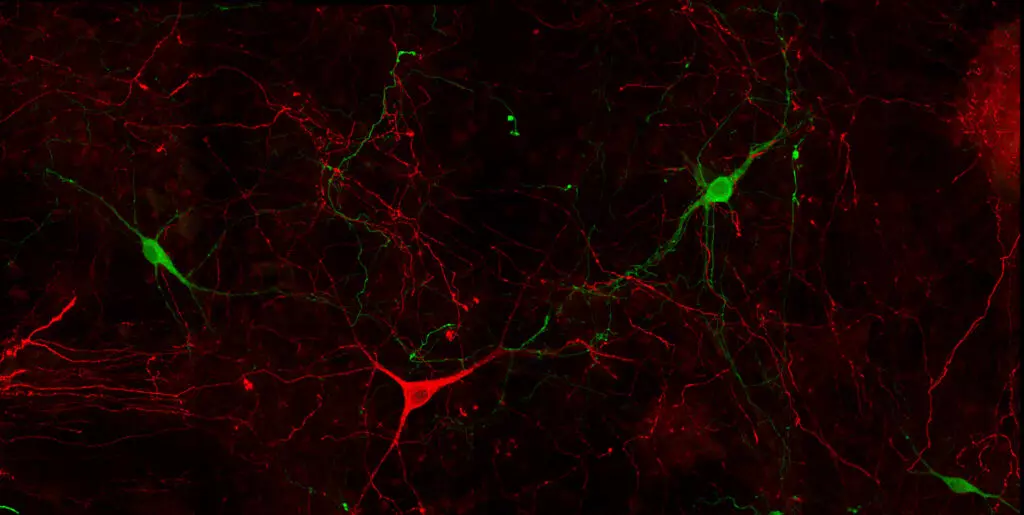
Dopamine, Serotonin, GABA, Glutamate, Histamine, Norepinephrine, Serine, Octopamine, … To generate spatial information about key neuromodulators and neurotransmitters, neurobiologists typically perform stainings against enzymes (e.g. TH for dopamine, GAD65-67 for GABA), receptors (e.g. Glutamate) or transporters (e.g. Norepinephrine, Glutamate). Why?
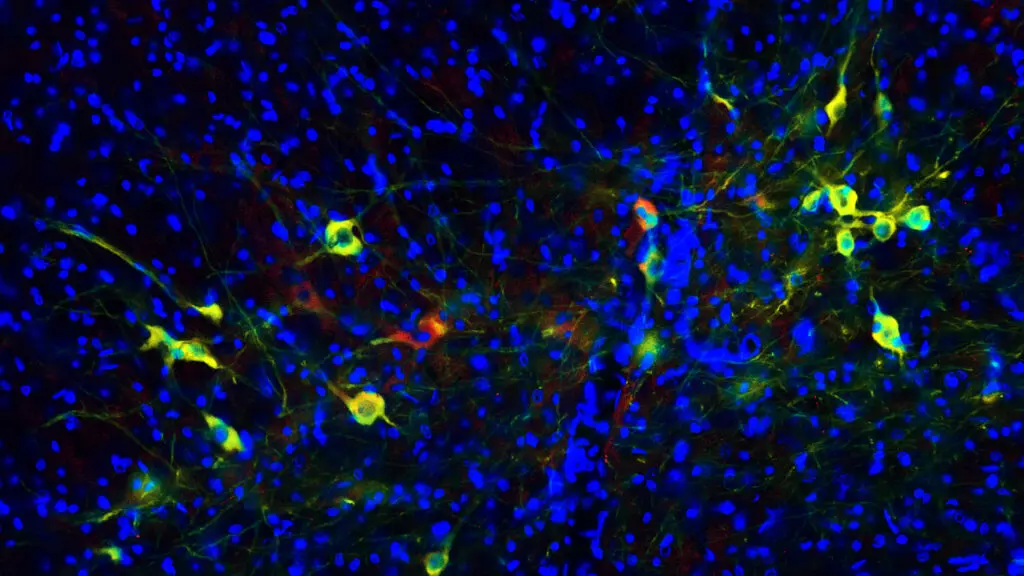
TH expression does not necessarily indicate that neurons are metabolically active and produce dopamine. Therefore, several groups interested in organoid-based modeling of Parkinson’s disease have combined standard markers of dopaminergic neurons, such as TH and GIRK2, with direct staining of dopamine using anti-hapten antibodies, as well as ELISA kits for quantifying dopamine release in supernatant.

Catch up on our top highlights from this year!
Hear about our new ELISA kits and antibodies to assess the polyamine pathway and reveal serotonin, as well as the peer-reviewed papers that referenced our products!

Serotonin (5HT) is one of the most potent monoamine neurotransmitters and peripheral signaling molecules. Therefore, tools allowing for the evaluation of serotonergic systems are valuable to approach the complex 5HT activities in physiological and pathological situations, but also to investigate mechanisms of action of novel disease-targeting therapies. For this purpose, we have set up and validated a series of experimental immunoassays specifically raised against 5HT.

Given the importance of the polyamine pathway in cancer progression and resistance to treatment, investigating it requires robust tools. To this aim, we developed and validated the first ELISA kits to quantify ornithine, N1-acetylspermidine, and N8-acetylspermidine in samples of different natures (plasma, cell culture supernatants) and different species (mouse, human).
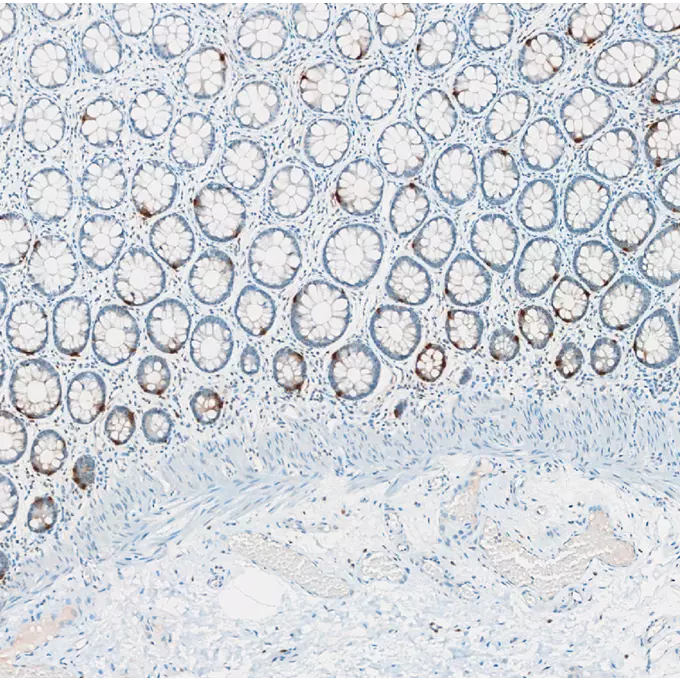
Serotonin (5-HT) is one of the most potent monoamine neurotransmitters and peripheral signaling molecules. Physiologically, 5-HT has complex and diverse effects on the central and peripheral nervous systems, neuroendocrine regulation, and immunological responses. We recently developed and added to our catalog a novel antibody raised against 5-HT, compatible with formalin-fixed biological materials.










